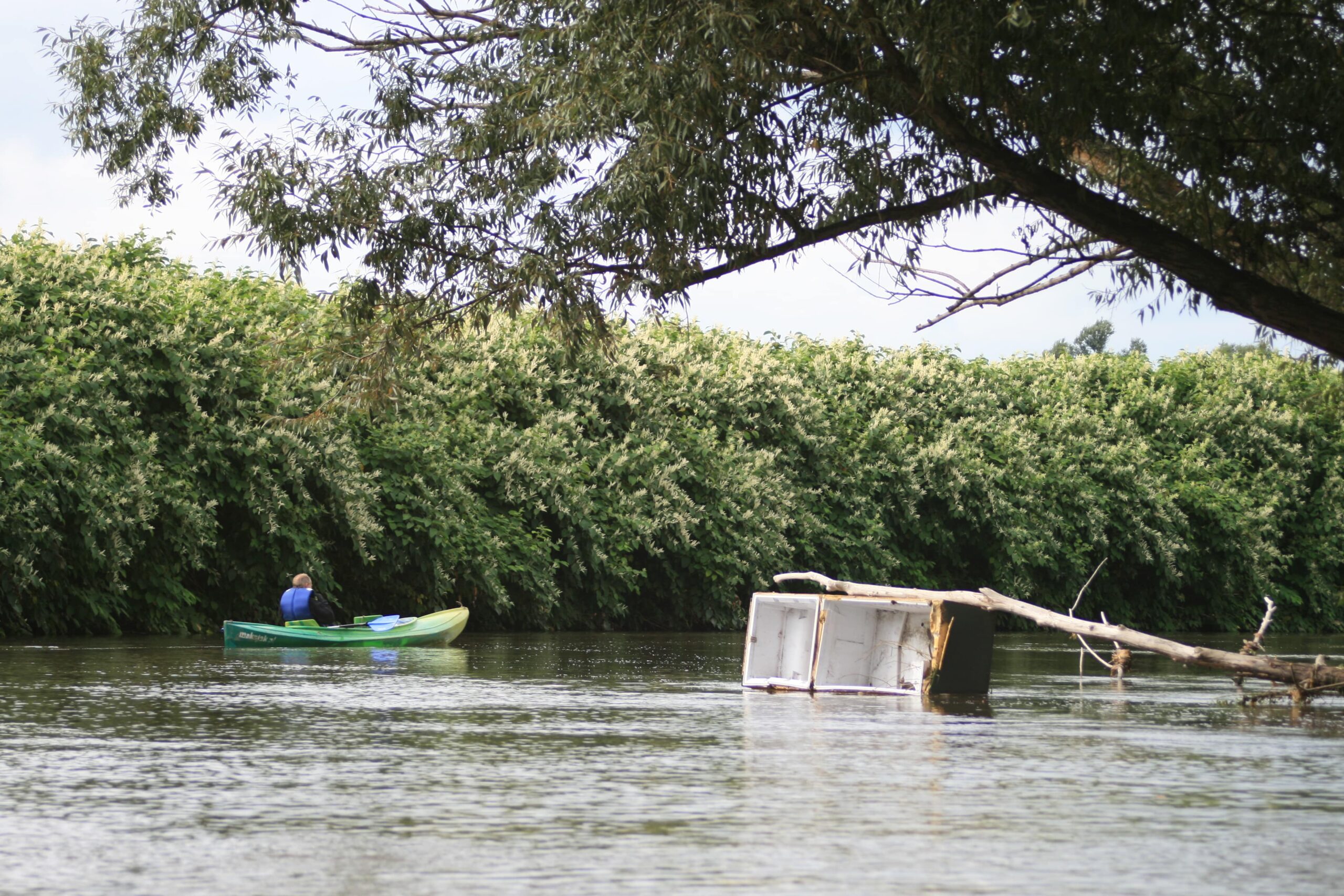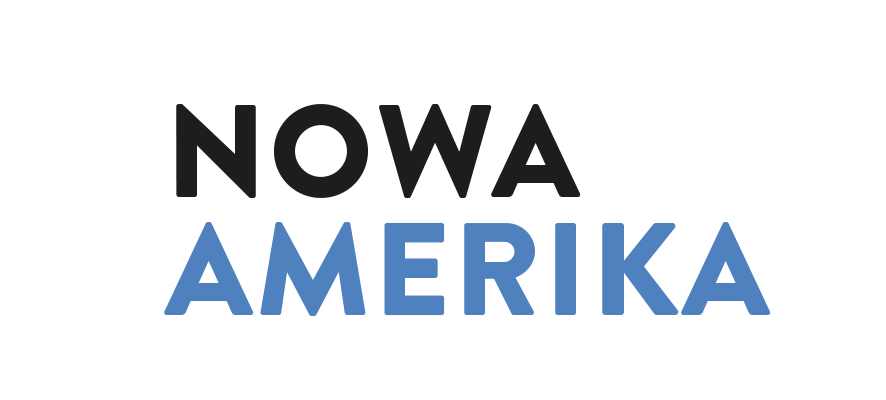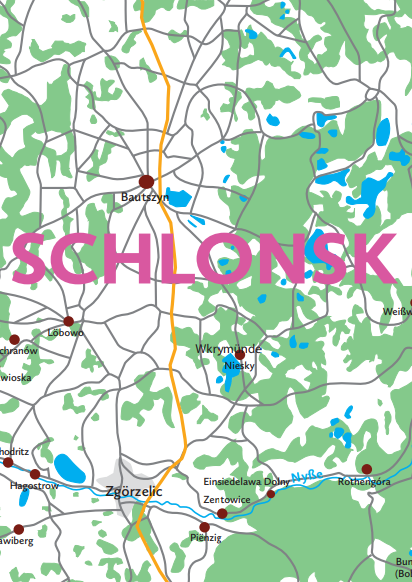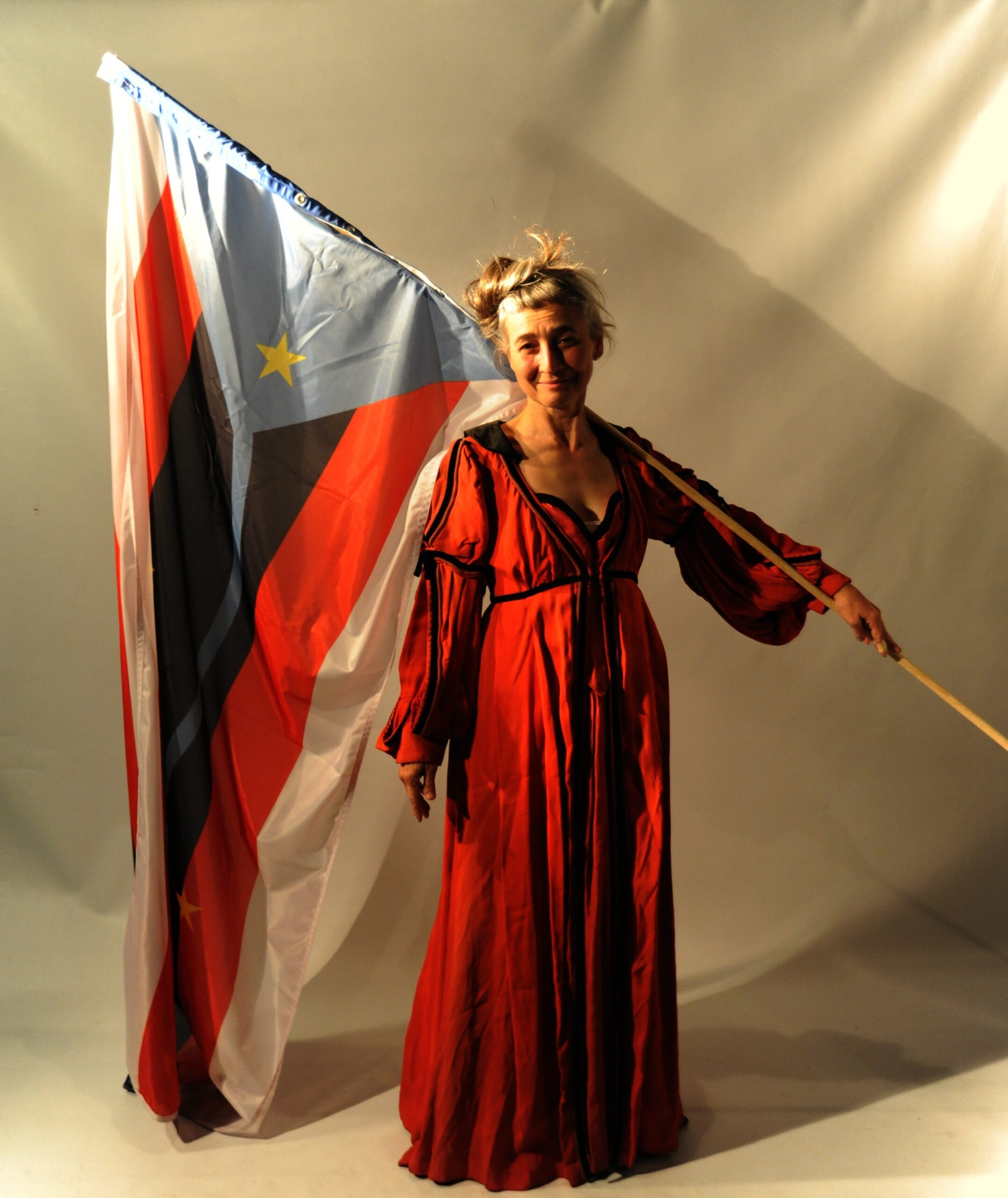Nowa Amerika -map
Nowa Amerika – Anthym

Hymn
Intro: Szczettin, Słubfurt, Zgörzelic, Dźikwalde, Las Forst
To ist nasz Land, zrób es bekannt.
Napiszt es na całym Wand.
An der Odera-Nyße entlang,
ciągniemy an einem Strang
śpiewamy razem den Gesang.
Refrain:
Nowa Nowa Nowa Amerika
Dla nas dieses Land to wspólnota.
Nasza Gemeinschaft jest wunderbar,
zusammen jesteśmy Nowa Amerika
Międzyhalb płynnymi Grenzen leben,
razem wollen wir do szczęścia streben.
Tu chodzi o to zu verstehen,
że jest nowy Raum für Ideen.
A więc lass uns hier alle steh’n,
Nowa Amerika pomaga żeby wir seh’n.
Refrain:
Nowa Nowa Nowa Amerika
Dla nas dieses Land to wspólnota.
Nasza Gemeinschaft jest wunderbar,
zusammen jesteśmy Nowa Amerika
Autoren/Autorzy:
Rosa Hue-Tam Lieu, Ly Nguyen Huong, Valeria Rozin,
Chrystian Chruszcz, Jesko Thiede, Michael Ritter, Nico Laeufer
The Anthym
This is our land, let it be known.
Write it all over the wall.
Along the rivers Oder and Nysa
We all act in concert
And sing along:
(Chorus)
Nowa Nowa Nowa Amerika
For us this land means community
Our community is wonderful
Together we are Nowa Amerika.
We live in between fluid borders,
Together we strive for happiness.
It is all about understanding
That there is space for new ideas.
Therefore, let us stand together.
Nowa Amerika help us see:
(Chorus)
Nowa Nowa Nowa Amerika
For us this land means community
Our community is wonderful
Together we are Nowa Amerika.

The Borders of Nowa Amerika
Nowa Amerika’s borders are fluid. At times our country extends up to Poznań and Berlin, then it contracts again. However, Nowa Amerika’s backbone is formed by the two rivers Oder and Neisse along which runs the German-Polish border. The maps in Nowa Amerika are calibrated in terms of the east-west axis, although the north-south axis is also of interest when experiencing Nowa Amerika’s spatial expansion. Słubfurt is the capital of Nowa Amerika, New Szczettin its metropolis, Las Forst the gambling den, Zgörzelic our open-air museum, Musknica our park … and the rivers Odera and Nyße our passion. In addition to German and Polish, Słubfurtian plays a major role in people‘s everyday lives. As Nowa Amerika is still a young country it needs your help too to grow and prosper. Its size depends on the number of people who believe in Nowa Amerika.

CNCNAT
Commission for Name Changes
on Nowa Amerika Territory
Following World War II the Allies restructured the political map of Europe. Although Poland already was one of the most severely affected in the war, Stalin enforced a massive shift of its borders from east to west. Polish territories in the east became part of the Soviet Union (Lithuania, Belarus, Ukraine). In exchange Poland received formerly German territories located in the west. The result was one of the biggest population migrations of the 20th century. Poles living in the eastern „Kresy“ territories were forced to leave their homeland and were re-settled on territory that used to belong to the eastern parts of Germany. The Germans living there had to leave in turn and were forced to trek westwards. It was then that the Polish government was confronted with the problem of how to deal with the German city names, their architecture and the German cultural heritage. The solution was to go back to the times of the 10th and 11th century, when the territory was settled by the Piasts – the founding dynasty of the first ruling Polish dynasty. In Warsaw a commission was set up to deal with the name changes in the regained territory (Komisja do Spraw Nazewnictwa na Ziemiach Odzyskanych) that was to change all formerly German city names to Polish ones. Some names were literally translated. Grünberg became Zielona Góra. Some were phonetically adapted: Stettin became Szczecin. Others yet came to honor the Piast dynasty like Bärwalde, which became Mieszkowice, named after Mieszko I., the first Piast king. Today, his statue adorns the city’s central square. Incidentally, the Nazis acted in much the same way when topographic names were thought to sound too Slavic to them. This is how the village of Tzschetschnow near Frankfurt (river Oder) became Güldendorf, and is still called that today. In order to facilitate an easier identification of its citizens with Nowa Amerika our government installed the Commission for Name Changes on Nowa Amerika Territory that is currently busy renaming cities, villages and streets in the territory of Nowa Amerika.
Sedina
Since the 10th century Sedina (from lat. sedinum – the exemplary one, model, ideal one) served not only as an allegory of the city of Szczecin, although this is what it is most often associated with. Sedina was the wife of Johannes Scolvus, the man who might have been the first to discover America. Sedina is also one of the deities in Triglav’s (the three-headed god) pantheon and throughout the Middle Ages she was present in Christian iconography. She protects the weak and the strong, is the patron of artists and anti-artists, Amazons and machos, and she is the first VIP of Nowa Amerika. Sedina has many faces. Most women and almost all men of Nowa Amerika identify with her (the male form being Sedin). She is the star all Nowa-Amerikans dream of. Everyone can become Sedina or Sedin! She is a dream that may come true at any moment. There is even the Sedina Institute which conducts research on her. The institute is responsible for the reconstruction of the West Pomeranian Contemplation Chamber; it has restored the Sedina chapel in Szczecin’s most beautiful villa, the Lentz villa, reconstructed the mobile Sedina altar, and organizes the common Sedina seances, where contacts with the spirit can be made. Sedina is the patron of Nowa Amerika, with her portrait adorning the country’s stamp.
Videos
“Nowa Amerika”
60 minutes, 2017,
director Kristof Kannengießer
“Nowa Amerika Tours”
60 minutes, 2011, Slubfurt e.V.



